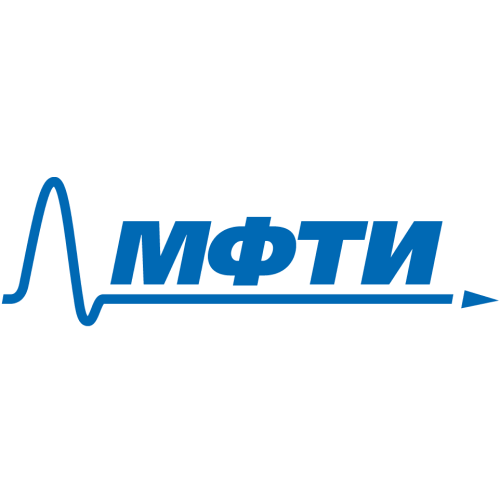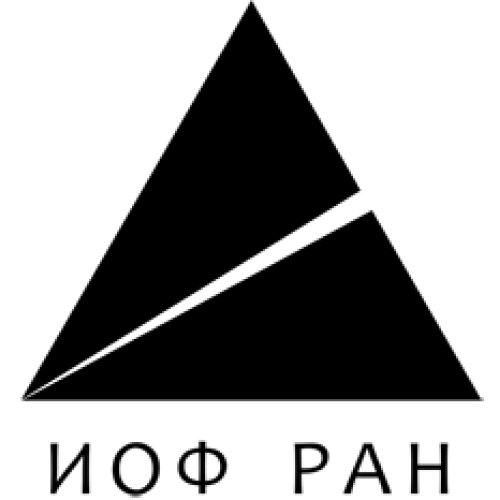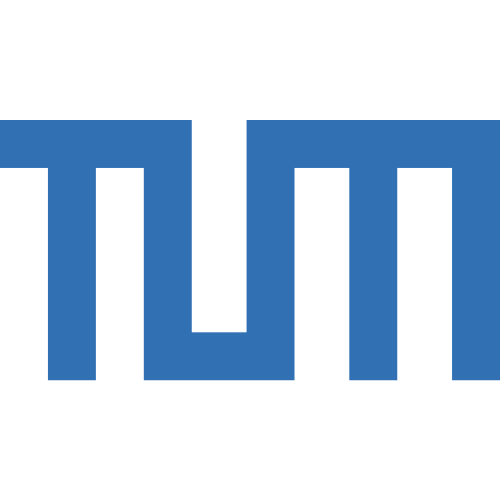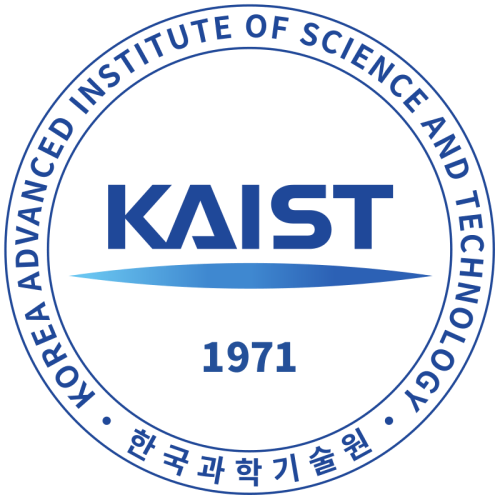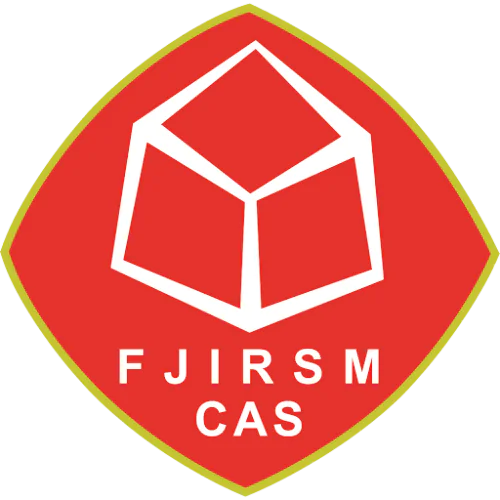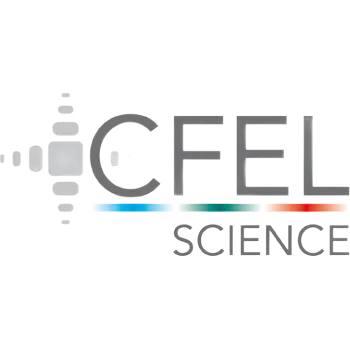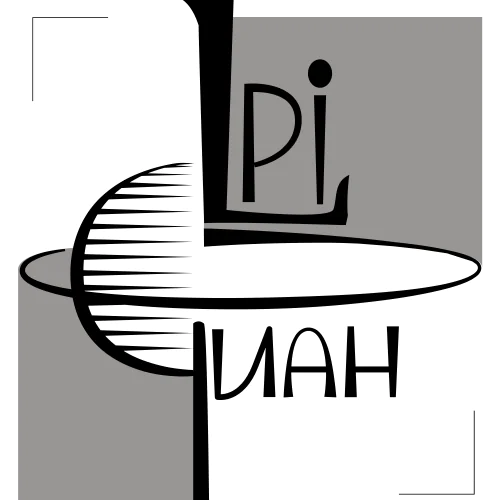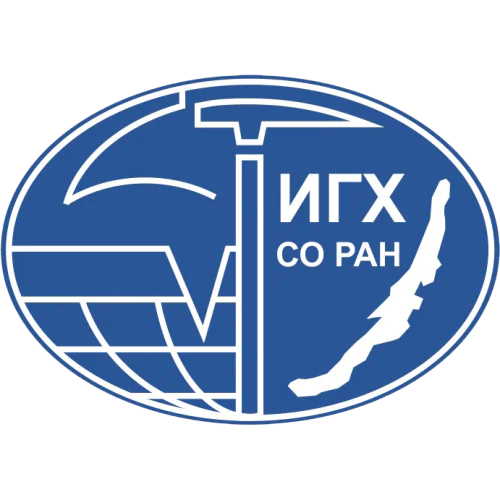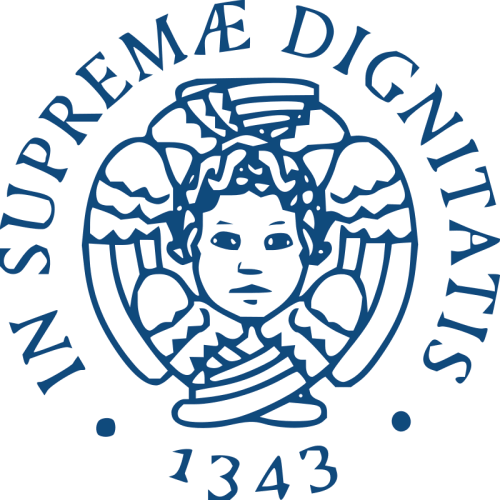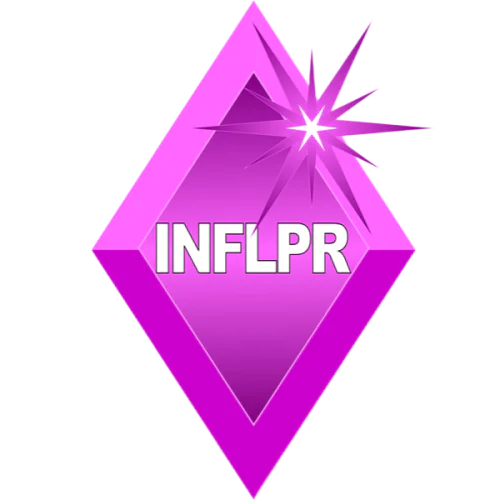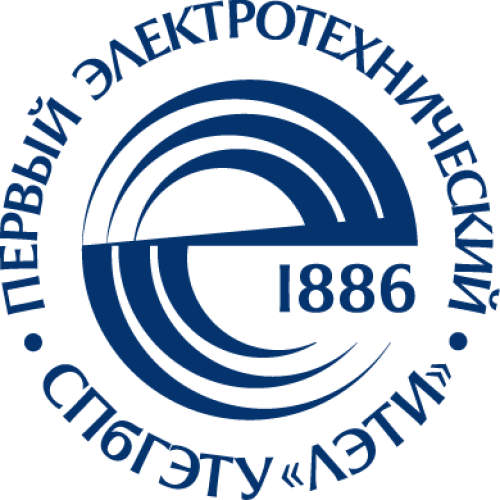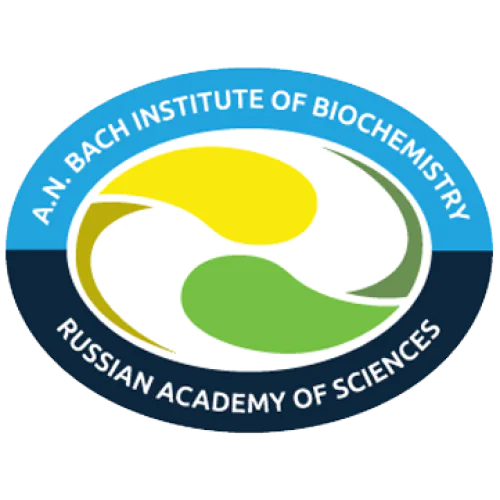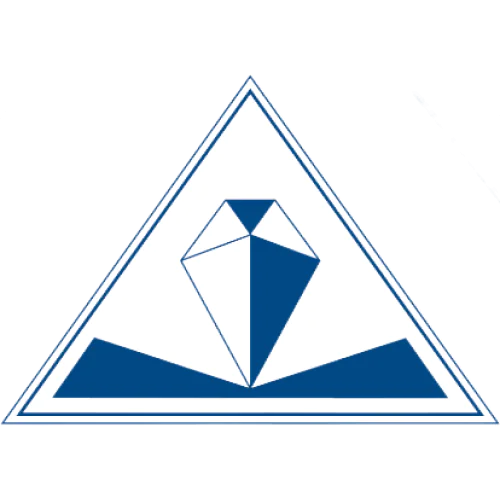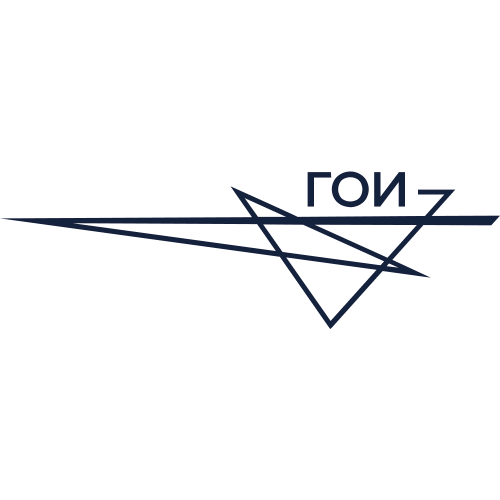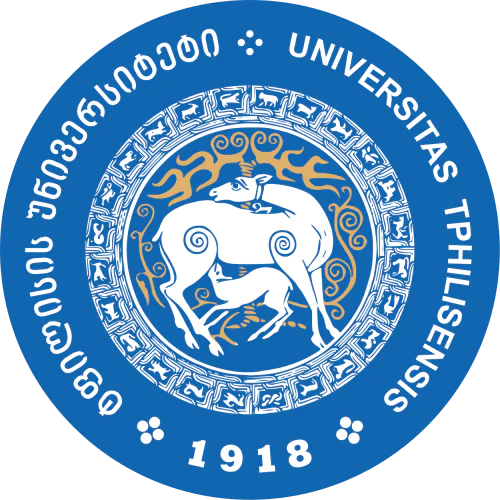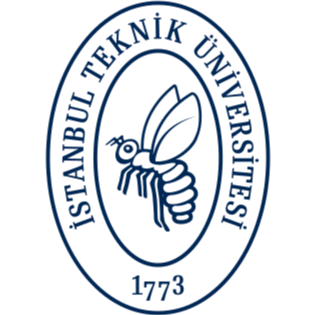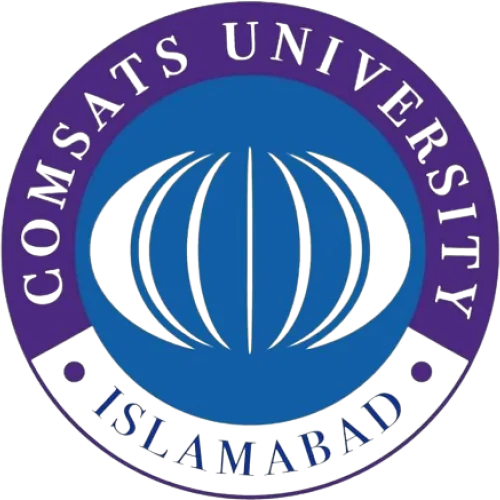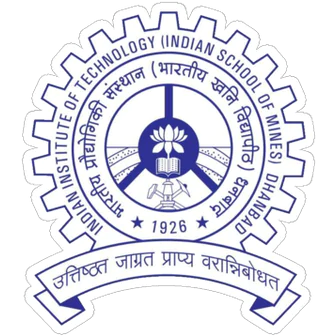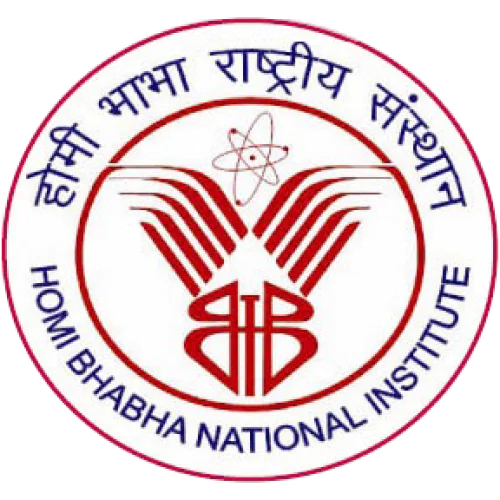Viktor Valerievich Zakharov
PhD in Physics and Mathematics
🤝
🤝
Viktor is looking for opportunities for scientific collaboration
If you would like to do joint research with him/her, write a message or contact him/her on social media.
Authorization required.
Publications
41
Citations
313
h-index
10
Labs
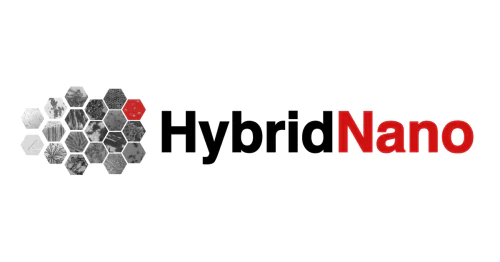
Senior Researcher
Education
ITMO University
2011 — 2014,
Postgraduate, Faculty of Photonics
ITMO University
2009 — 2011,
Master, Faculty of Photonics
Found
Nothing found, try to update filter.
Found
Nothing found, try to update filter.
Found
Nothing found, try to update filter.
Total publications
41
Total citations
313
Citations per publication
7.63
Average publications per year
3.15
Average coauthors
9.07
Publications years
2012-2024 (13 years)
h-index
10
i10-index
10
m-index
0.77
o-index
26
g-index
15
w-index
2
Metrics description
h-index
A scientist has an h-index if h of his N publications are cited at least h times each, while the remaining (N - h) publications are cited no more than h times each.
i10-index
The number of the author's publications that received at least 10 links each.
m-index
The researcher's m-index is numerically equal to the ratio of his h-index to the number of years that have passed since the first publication.
o-index
The geometric mean of the h-index and the number of citations of the most cited article of the scientist.
g-index
For a given set of articles, sorted in descending order of the number of citations that these articles received, the g-index is the largest number such that the g most cited articles received (in total) at least g2 citations.
w-index
If w articles of a researcher have at least 10w citations each and other publications are less than 10(w+1) citations, then the researcher's w-index is equal to w.
Top-100
Fields of science
|
5
10
15
20
25
|
|
|
Atomic and Molecular Physics, and Optics
|
Atomic and Molecular Physics, and Optics, 23, 56.1%
Atomic and Molecular Physics, and Optics
23 publications, 56.1%
|
|
Electronic, Optical and Magnetic Materials
|
Electronic, Optical and Magnetic Materials, 14, 34.15%
Electronic, Optical and Magnetic Materials
14 publications, 34.15%
|
|
General Chemistry
|
General Chemistry, 4, 9.76%
General Chemistry
4 publications, 9.76%
|
|
General Materials Science
|
General Materials Science, 4, 9.76%
General Materials Science
4 publications, 9.76%
|
|
Electrical and Electronic Engineering
|
Electrical and Electronic Engineering, 4, 9.76%
Electrical and Electronic Engineering
4 publications, 9.76%
|
|
Physical and Theoretical Chemistry
|
Physical and Theoretical Chemistry, 3, 7.32%
Physical and Theoretical Chemistry
3 publications, 7.32%
|
|
General Chemical Engineering
|
General Chemical Engineering, 3, 7.32%
General Chemical Engineering
3 publications, 7.32%
|
|
Mechanical Engineering
|
Mechanical Engineering, 3, 7.32%
Mechanical Engineering
3 publications, 7.32%
|
|
Materials Chemistry
|
Materials Chemistry, 2, 4.88%
Materials Chemistry
2 publications, 4.88%
|
|
Surfaces, Coatings and Films
|
Surfaces, Coatings and Films, 2, 4.88%
Surfaces, Coatings and Films
2 publications, 4.88%
|
|
General Physics and Astronomy
|
General Physics and Astronomy, 2, 4.88%
General Physics and Astronomy
2 publications, 4.88%
|
|
General Energy
|
General Energy, 2, 4.88%
General Energy
2 publications, 4.88%
|
|
General Engineering
|
General Engineering, 2, 4.88%
General Engineering
2 publications, 4.88%
|
|
Computational Mathematics
|
Computational Mathematics, 2, 4.88%
Computational Mathematics
2 publications, 4.88%
|
|
Applied Mathematics
|
Applied Mathematics, 2, 4.88%
Applied Mathematics
2 publications, 4.88%
|
|
Organic Chemistry
|
Organic Chemistry, 1, 2.44%
Organic Chemistry
1 publication, 2.44%
|
|
Biochemistry
|
Biochemistry, 1, 2.44%
Biochemistry
1 publication, 2.44%
|
|
Inorganic Chemistry
|
Inorganic Chemistry, 1, 2.44%
Inorganic Chemistry
1 publication, 2.44%
|
|
Computer Science Applications
|
Computer Science Applications, 1, 2.44%
Computer Science Applications
1 publication, 2.44%
|
|
Spectroscopy
|
Spectroscopy, 1, 2.44%
Spectroscopy
1 publication, 2.44%
|
|
Biophysics
|
Biophysics, 1, 2.44%
Biophysics
1 publication, 2.44%
|
|
Condensed Matter Physics
|
Condensed Matter Physics, 1, 2.44%
Condensed Matter Physics
1 publication, 2.44%
|
|
Statistical and Nonlinear Physics
|
Statistical and Nonlinear Physics, 1, 2.44%
Statistical and Nonlinear Physics
1 publication, 2.44%
|
|
Bioengineering
|
Bioengineering, 1, 2.44%
Bioengineering
1 publication, 2.44%
|
|
Mechanics of Materials
|
Mechanics of Materials, 1, 2.44%
Mechanics of Materials
1 publication, 2.44%
|
|
Information Systems
|
Information Systems, 1, 2.44%
Information Systems
1 publication, 2.44%
|
|
5
10
15
20
25
|
Journals
|
1
2
3
4
5
6
7
|
|
|
Optics and Spectroscopy (English translation of Optika i Spektroskopiya)
7 publications, 17.07%
|
|
|
Optics Express
4 publications, 9.76%
|
|
|
Optics Letters
3 publications, 7.32%
|
|
|
Journal of Physics: Conference Series
2 publications, 4.88%
|
|
|
Journal of Physical Chemistry C
2 publications, 4.88%
|
|
|
Nanomaterials
2 publications, 4.88%
|
|
|
Journal of Optical Technology (A Translation of Opticheskii Zhurnal)
2 publications, 4.88%
|
|
|
Nanoscale
1 publication, 2.44%
|
|
|
Advanced Optical Materials
1 publication, 2.44%
|
|
|
Photonics Research
1 publication, 2.44%
|
|
|
Journal of Materials Chemistry C
1 publication, 2.44%
|
|
|
Journal of Luminescence
1 publication, 2.44%
|
|
|
Optical Materials
1 publication, 2.44%
|
|
|
Journal of Lightwave Technology
1 publication, 2.44%
|
|
|
Powder Technology
1 publication, 2.44%
|
|
|
Diamond and Related Materials
1 publication, 2.44%
|
|
|
Nanotechnology
1 publication, 2.44%
|
|
|
Optical and Quantum Electronics
1 publication, 2.44%
|
|
|
Journal of the Optical Society of America B: Optical Physics
1 publication, 2.44%
|
|
|
Humanities and Social Sciences Communications
1 publication, 2.44%
|
|
|
Scientific and technical journal of information technologies mechanics and optics
1 publication, 2.44%
|
|
|
1
2
3
4
5
6
7
|
Citing journals
Publishers
|
2
4
6
8
10
12
|
|
|
Optica Publishing Group
12 publications, 29.27%
|
|
|
Pleiades Publishing
7 publications, 17.07%
|
|
|
Elsevier
4 publications, 9.76%
|
|
|
IOP Publishing
3 publications, 7.32%
|
|
|
Springer Nature
2 publications, 4.88%
|
|
|
American Chemical Society (ACS)
2 publications, 4.88%
|
|
|
Royal Society of Chemistry (RSC)
2 publications, 4.88%
|
|
|
MDPI
2 publications, 4.88%
|
|
|
Wiley
1 publication, 2.44%
|
|
|
ITMO University
1 publication, 2.44%
|
|
|
2
4
6
8
10
12
|
Organizations from articles
|
5
10
15
20
25
30
35
|
|
|
ITMO University
35 publications, 85.37%
|
|
|
Max-Born-Institute for Nonlinear Optics and Short Pulse Spectroscopy
8 publications, 19.51%
|
|
|
University of Salamanca
8 publications, 19.51%
|
|
|
University of Rovira i Virgili
8 publications, 19.51%
|
|
|
Organization not defined
|
Organization not defined, 6, 14.63%
Organization not defined
6 publications, 14.63%
|
|
University of Caen Normandy
4 publications, 9.76%
|
|
|
Moscow Institute of Physics and Technology
2 publications, 4.88%
|
|
|
Prokhorov General Physics Institute of the Russian Academy of Sciences
2 publications, 4.88%
|
|
|
Saint Petersburg State University
2 publications, 4.88%
|
|
|
Jilin University
2 publications, 4.88%
|
|
|
City University of Hong Kong
2 publications, 4.88%
|
|
|
Trinity College Dublin
2 publications, 4.88%
|
|

Shemyakin-Ovchinnikov Institute of Bioorganic Chemistry of the Russian Academy of Sciences
1 publication, 2.44%
|
|
|
N.D. Zelinsky Institute of Organic Chemistry of the Russian Academy of Sciences
1 publication, 2.44%
|
|
|
Photochemistry Center
1 publication, 2.44%
|
|
|
National Research Nuclear University MEPhI
1 publication, 2.44%
|
|
|
Institute of Cytology of the Russian Academy of Sciences
1 publication, 2.44%
|
|
|
Peter the Great St. Petersburg Polytechnic University
1 publication, 2.44%
|
|
|
St Petersburg National Research Academic University of the Russian Academy of Sciences
1 publication, 2.44%
|
|
|
Yerevan State University
1 publication, 2.44%
|
|
|
Technical University of Munich
1 publication, 2.44%
|
|
|
Jiangsu Normal University
1 publication, 2.44%
|
|
|
Korea Advanced Institute of Science and Technology
1 publication, 2.44%
|
|
|
Shandong University
1 publication, 2.44%
|
|
|
Fujian Institute of Research on the Structure of Matter, Chinese Academy of Sciences
1 publication, 2.44%
|
|
|
University of Exeter
1 publication, 2.44%
|
|
|
University of Reims Champagne-Ardenne
1 publication, 2.44%
|
|
|
5
10
15
20
25
30
35
|
Countries from articles
|
5
10
15
20
25
30
35
40
|
|
|
Russia
|
Russia, 39, 95.12%
Russia
39 publications, 95.12%
|
|
Germany
|
Germany, 12, 29.27%
Germany
12 publications, 29.27%
|
|
Spain
|
Spain, 10, 24.39%
Spain
10 publications, 24.39%
|
|
France
|
France, 7, 17.07%
France
7 publications, 17.07%
|
|
China
|
China, 7, 17.07%
China
7 publications, 17.07%
|
|
Country not defined
|
Country not defined, 2, 4.88%
Country not defined
2 publications, 4.88%
|
|
Ireland
|
Ireland, 2, 4.88%
Ireland
2 publications, 4.88%
|
|
Armenia
|
Armenia, 1, 2.44%
Armenia
1 publication, 2.44%
|
|
United Kingdom
|
United Kingdom, 1, 2.44%
United Kingdom
1 publication, 2.44%
|
|
Republic of Korea
|
Republic of Korea, 1, 2.44%
Republic of Korea
1 publication, 2.44%
|
|
Czech Republic
|
Czech Republic, 1, 2.44%
Czech Republic
1 publication, 2.44%
|
|
5
10
15
20
25
30
35
40
|
Citing organizations
|
10
20
30
40
50
60
70
80
|
|
|
ITMO University
75 citations, 23.96%
|
|
|
Organization not defined
|
Organization not defined, 46, 14.7%
Organization not defined
46 citations, 14.7%
|
|
Shandong University
30 citations, 9.58%
|
|
|
University of Salamanca
16 citations, 5.11%
|
|
|
University of Rovira i Virgili
15 citations, 4.79%
|
|
|
University of Caen Normandy
11 citations, 3.51%
|
|
|
Nankai University
10 citations, 3.19%
|
|
|
Max-Born-Institute for Nonlinear Optics and Short Pulse Spectroscopy
10 citations, 3.19%
|
|
|
Trinity College Dublin
9 citations, 2.88%
|
|
|
Jilin University
7 citations, 2.24%
|
|
|
Saint Petersburg State University
6 citations, 1.92%
|
|
|
Prokhorov General Physics Institute of the Russian Academy of Sciences
5 citations, 1.6%
|
|
|
Hamburg University
5 citations, 1.6%
|
|
|
Fujian Institute of Research on the Structure of Matter, Chinese Academy of Sciences
5 citations, 1.6%
|
|
|
Mansoura University
5 citations, 1.6%
|
|
|
Moscow Institute of Physics and Technology
4 citations, 1.28%
|
|
|
National Research Nuclear University MEPhI
4 citations, 1.28%
|
|
|
Koc University
4 citations, 1.28%
|
|
|
Qufu Normal University
4 citations, 1.28%
|
|
|
Shanghai Institute of Optics and Fine Mechanics, Chinese Academy of Sciences
4 citations, 1.28%
|
|
|
Peter the Great St. Petersburg Polytechnic University
3 citations, 0.96%
|
|
|
Peking University
3 citations, 0.96%
|
|
|
Shanghai Jiao Tong University
3 citations, 0.96%
|
|
|
Antalya Bilim University
3 citations, 0.96%
|
|
|
Jiangsu Normal University
3 citations, 0.96%
|
|
|
Shenzhen University
3 citations, 0.96%
|
|
|
Pukyong National University
3 citations, 0.96%
|
|
|
Federal Institute For Materials Research and Testing
3 citations, 0.96%
|
|
|
Center for Free-Electron Laser Science
3 citations, 0.96%
|
|
|
University of Alabama at Birmingham
3 citations, 0.96%
|
|
|
Anhui Institute of Optics and Fine Mechanics, Chinese Academy of Sciences
3 citations, 0.96%
|
|
|
Lomonosov Moscow State University
2 citations, 0.64%
|
|
|
N.D. Zelinsky Institute of Organic Chemistry of the Russian Academy of Sciences
2 citations, 0.64%
|
|
|
Photochemistry Center
2 citations, 0.64%
|
|
|
Bauman Moscow State Technical University
2 citations, 0.64%
|
|
|
P.N. Lebedev Physical Institute of the Russian Academy of Sciences
2 citations, 0.64%
|
|
|
St Petersburg National Research Academic University of the Russian Academy of Sciences
2 citations, 0.64%
|
|
|
Irkutsk State University
2 citations, 0.64%
|
|
|
Belarusian National Technical University
2 citations, 0.64%
|
|
|
A. P. Vinogradov Institute of Geochemistry of the Siberian Branch of the Russian Academy of Sciences
2 citations, 0.64%
|
|
|
Hacettepe University
2 citations, 0.64%
|
|
|
Isfahan University of Medical Sciences
2 citations, 0.64%
|
|
|
Karnatak University
2 citations, 0.64%
|
|
|
Technical University of Munich
2 citations, 0.64%
|
|
|
Wuhan University
2 citations, 0.64%
|
|
|
Xiamen University
2 citations, 0.64%
|
|
|
Imperial College London
2 citations, 0.64%
|
|
|
Shandong Normal University
2 citations, 0.64%
|
|
|
Soochow University (Suzhou)
2 citations, 0.64%
|
|
|
University of Southampton
2 citations, 0.64%
|
|
|
University of Pisa
2 citations, 0.64%
|
|
|
Air Force Medical University
2 citations, 0.64%
|
|
|
Qingdao University
2 citations, 0.64%
|
|
|
City University of Hong Kong
2 citations, 0.64%
|
|
|
Guangxi University
2 citations, 0.64%
|
|
|
University of Amsterdam
2 citations, 0.64%
|
|
|
University of Tartu
2 citations, 0.64%
|
|
|
University of São Paulo
2 citations, 0.64%
|
|
|
National Institute for Laser Plasma and Radiation Physics
2 citations, 0.64%
|
|
|
University of Oklahoma
2 citations, 0.64%
|
|
|
Hefei Institutes of Physical Science, Chinese Academy of Sciences
2 citations, 0.64%
|
|
|
Xinjiang Technical Institute of Physics & Chemistry, Chinese Academy of Sciences
2 citations, 0.64%
|
|
|
A.N. Frumkin Institute of Physical Chemistry and Electrochemistry of the Russian Academy of Sciences
1 citation, 0.32%
|
|
|
Skolkovo Institute of Science and Technology
1 citation, 0.32%
|
|
|
Institute of Cytology of the Russian Academy of Sciences
1 citation, 0.32%
|
|
|
G.A. Krestov Institute of Solution Chemistry of the Russian Academy of Sciences
1 citation, 0.32%
|
|
|
Nikolaev Institute of Inorganic Chemistry of the Siberian Branch of the Russian Academy of Sciences
1 citation, 0.32%
|
|
|
Ioffe Physical-Technical Institute of the Russian Academy of Sciences
1 citation, 0.32%
|
|
|
Tomsk State University
1 citation, 0.32%
|
|
|
Saint Petersburg Electrotechnical University "LETI"
1 citation, 0.32%
|
|
|
Bach Institute of Biochemistry of the Russian Academy of Sciences
1 citation, 0.32%
|
|

Federal Research Centre “Fundamentals of Biotechnology” of the Russian Academy of Sciences
1 citation, 0.32%
|
|
|
Shubnikov Institute of Crystallography
1 citation, 0.32%
|
|
|
Sirius University of Science and Technology
1 citation, 0.32%
|
|
|
National Research Centre "Kurchatov Institute"
1 citation, 0.32%
|
|
|
Petersburg Nuclear Physics Institute of NRC «Kurchatov Institute»
1 citation, 0.32%
|
|
|
Voronezh State University
1 citation, 0.32%
|
|
|
Altai State University
1 citation, 0.32%
|
|
|
Federal Research Center of Problem of Chemical Physics and Medicinal Chemistry RAS
1 citation, 0.32%
|
|
|
Vavilov State Optical Institute
1 citation, 0.32%
|
|
|
Fersman Mineralogical Museum of the Russian Academy of Sciences
1 citation, 0.32%
|
|
|
Voronezh State University of Engineering Technology
1 citation, 0.32%
|
|
|
Scientific and Practical Center for Materials Science of the National Academy of Sciences of Belarus
1 citation, 0.32%
|
|
|
Yerevan State University
1 citation, 0.32%
|
|
|
Ivane Javakhishvili Tbilisi State University
1 citation, 0.32%
|
|
|
Istanbul Technical University
1 citation, 0.32%
|
|
|
Ankara University
1 citation, 0.32%
|
|
|
Al Jouf University
1 citation, 0.32%
|
|
|
Mashhad University of Medical Sciences
1 citation, 0.32%
|
|
|
Shiraz University of Medical Sciences
1 citation, 0.32%
|
|
|
Pasteur Institute of Iran
1 citation, 0.32%
|
|
|
Sabanci University
1 citation, 0.32%
|
|
|
American University of Sharjah
1 citation, 0.32%
|
|
|
Indian Institute of Science
1 citation, 0.32%
|
|
|
Babol Noshirvani University of Technology
1 citation, 0.32%
|
|
|
COMSATS University Islamabad
1 citation, 0.32%
|
|
|
Indian Institute of Technology Guwahati
1 citation, 0.32%
|
|
|
Indian Institute of Technology Indore
1 citation, 0.32%
|
|
|
Indian Institute of Technology (Indian School of Mines) Dhanbad
1 citation, 0.32%
|
|
|
Homi Bhabha National Institute
1 citation, 0.32%
|
|
|
10
20
30
40
50
60
70
80
|
|
Citing countries
- We do not take into account publications without a DOI.
- Statistics recalculated daily.
This section displays the profiles of scientists registered on the platform. To display the full list, invite your colleagues to register.
































